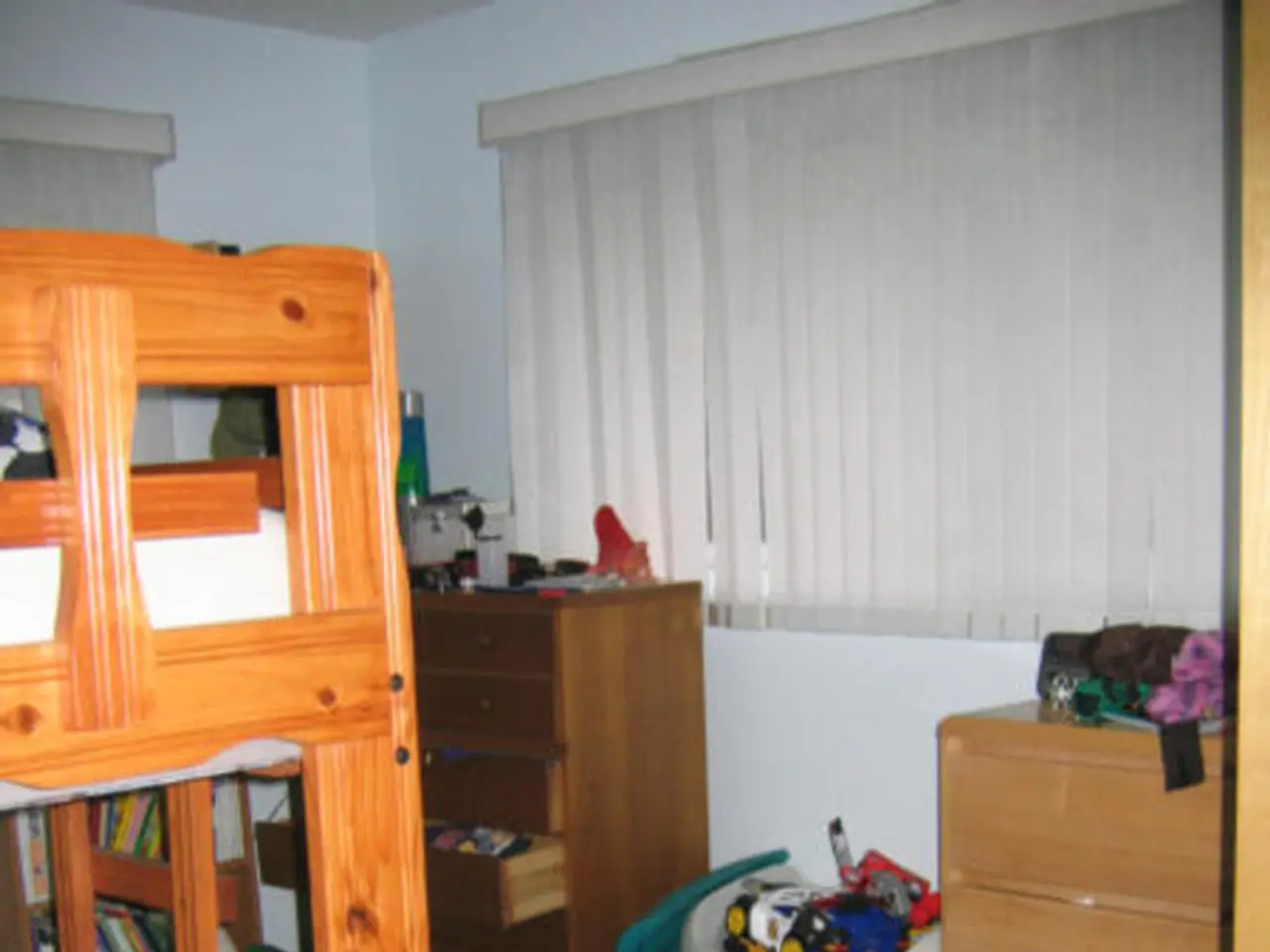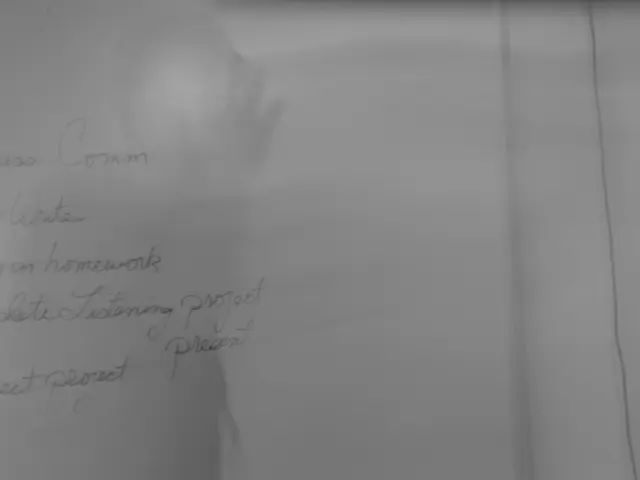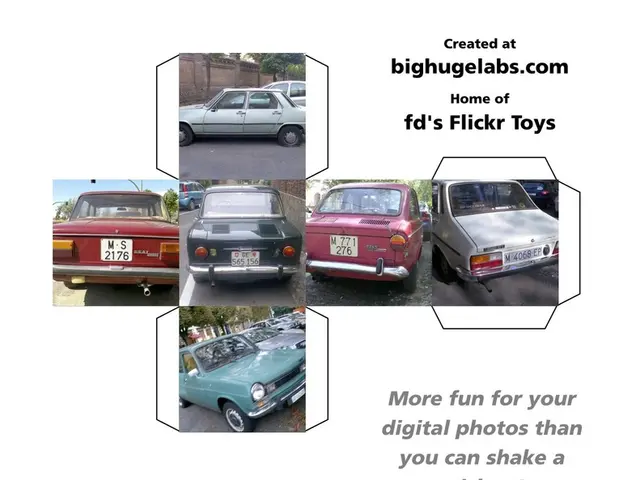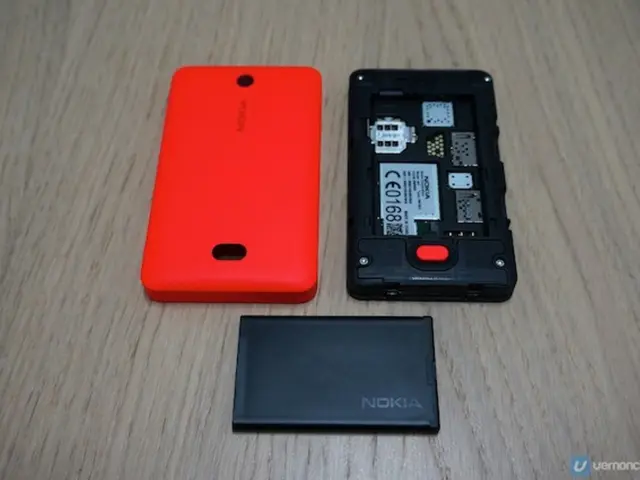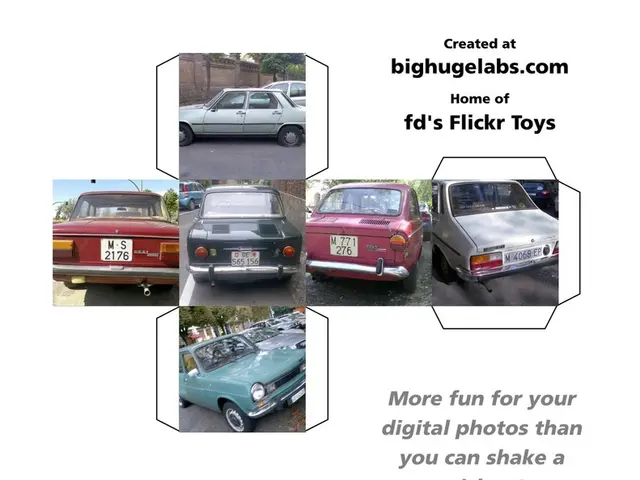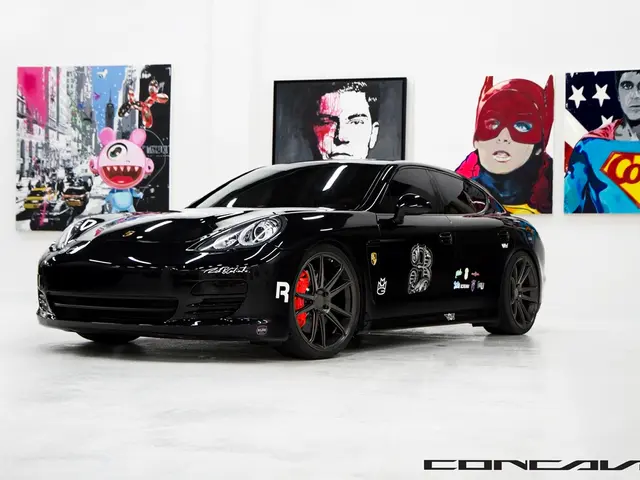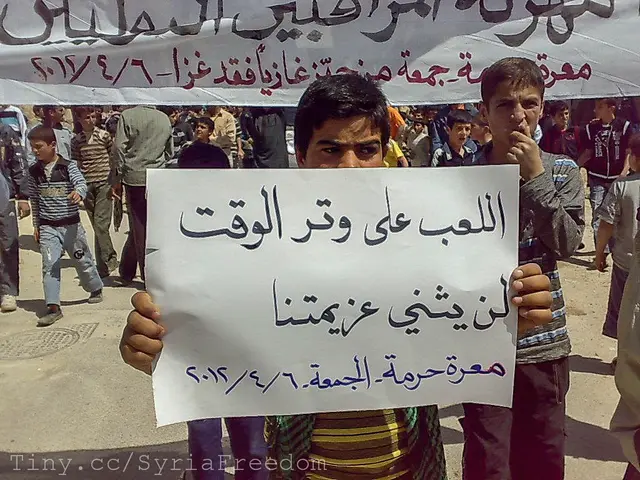Electric Vehicle Battery Recycling Facility Unveiled in Aachen, Germany for Energy Storage Purposes - Reusing Energy from Electric Car Batteries: A Recycling Facility in Aachen
In the heart of Germany, a new player is making waves in the renewable energy sector. The Voltfang battery recycling plant, located in Aachen, has begun operations, marking a significant step towards addressing Europe's renewable energy storage and supply security challenges.
Operated by Voltfang, this innovative facility is transforming used electric vehicle (EV) batteries and surplus cells from EV production into large-scale storage systems suitable for industrial, commercial, and large-scale applications. This "second-life" battery approach extends the usable life of EV batteries, turning them into modular storage units that can store excess renewable energy from sources like solar and wind and stabilize the power grid.
The plant's key aspects include repurposing used EV batteries, storing renewable electricity, contributing to the decarbonization of the energy system, supporting the energy transition goals of Germany and Europe, reducing the need for new raw materials, and minimizing environmental impact. By enabling more efficient and sustainable energy storage, the plant supports the integration of intermittent renewable energy and enhances Europe's energy independence and supply security.
Voltfang aims to store and distribute electricity decentralized throughout Germany. By the end of 2026, the plant is expected to produce energy storage with a total capacity of 250 megawatt hours. The political goal is to increase the percentage of electricity generated from renewable sources to 80 percent by 2030, and the plant's operations could play a crucial role in achieving this target.
The plant's opening is significant for the development of a sustainable energy system. By the end of 2030, the output of the plant is expected to increase to one gigawatt hour per year, making it Europe’s largest second-life battery factory. This increased capacity could be a part of the solution to the persistent challenge of managing electricity production on days when the sun doesn't shine and the wind doesn't blow.
Last year, 60 percent of Germany's electricity generation came from renewable sources. The recycling of batteries at the plant increases supply security, reducing critical dependencies on global supply chains for energy storage. Voltfang CEO David Oudsandji stated a goal of achieving European sovereignty in energy supply through renewable energy storage.
North Rhine-Westphalia's Minister President Hendrik Wüst (CDU) praised Voltfang for setting a milestone for a future-proof energy system. Strengthening regional economic transformation in North Rhine-Westphalia and fostering a circular economy in battery usage, the plant exemplifies a sustainable and innovative solution to Europe's challenge of ensuring stable, reliable renewable energy supply and advancing supply security in the face of growing electrification and renewable integration demands.
